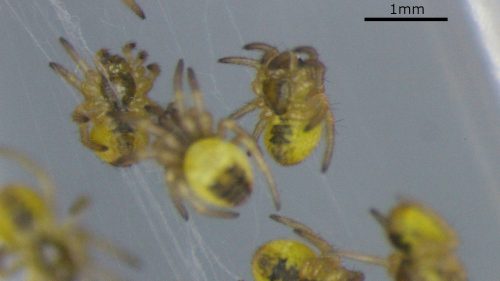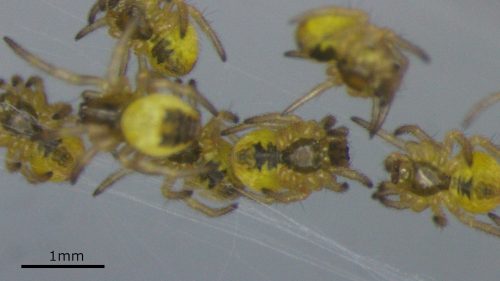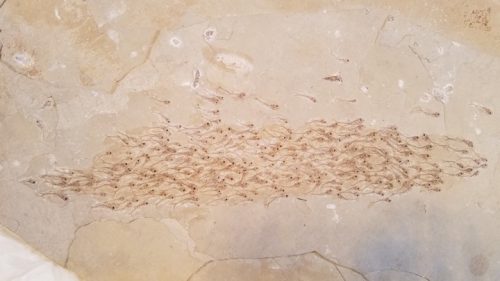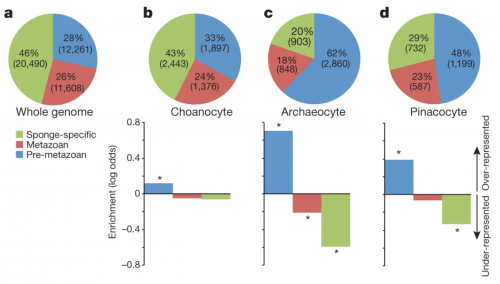Remember when Francis Collins published a book containing his goofy, ridiculous testimonial about how he became a Christian because he was out hiking and saw a waterfall in three parts, demonstrating the Trinity? Oh man, that was stupid. Then he became director of the NIH.
Remember when Francis Collins announced that equality in science was so important that he was refusing to speak on non-inclusive science panels?
“It is time to end the tradition in science of all-male speaking panels, sometimes wryly referred to as ‘manels,’” Dr. Francis Collins wrote in an online statement this week. “Too often, women and members of other groups underrepresented in science are conspicuously missing in the marquee speaking slots at scientific meetings and other high-level conferences.”
“When I consider speaking invitations, I will expect a level playing field, where scientists of all backgrounds are evaluated fairly for speaking opportunities,” he continued. “If that attention to inclusiveness is not evident in the agenda, I will decline to take part.”
Good for him. That’s the right decision.
Hey. Hey…remember when swarms of popular atheists proudly declared that god is a fiction, and that feminism is a cancer and women can’t be funny and atheism doesn’t have the estrogen vibe that would encourage women to disbelieve in gods? Remember that?
Fucking hell. You get to choose between the club that still does silly prayers and wacky rituals, but thinks women are people, or you can choose the club that supports the obvious conclusion that gods don’t exist and girls and brown people are inferior. I hate choices like that, but I guess they aren’t choices at all — I’m part of the former, at least until atheism wises up.
I think it’ll be a long time before that happens. People are sneering at Collins not for his religious beliefs, but for his ideas about human equality — people like Geoffrey Miller, evolutionary psychologist and atheist.
I hereby refuse to speak on panels at scientific conferences that are all Democrat, all atheist, or all monogamist. Is this how we play this game? pic.twitter.com/gtZX4pta5M
— Geoffrey Miller (@primalpoly) June 15, 2019
What an ugly clubhouse…








